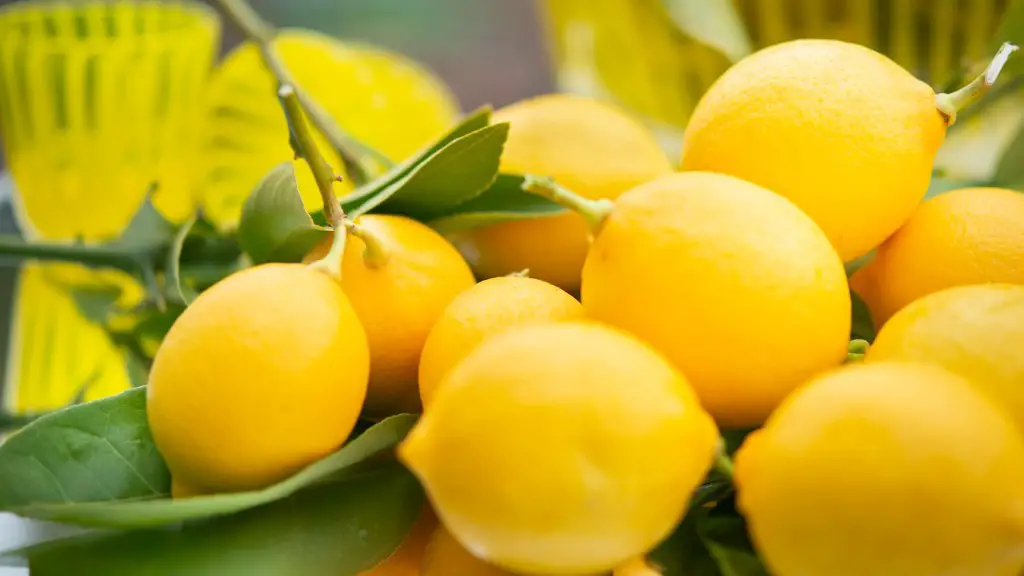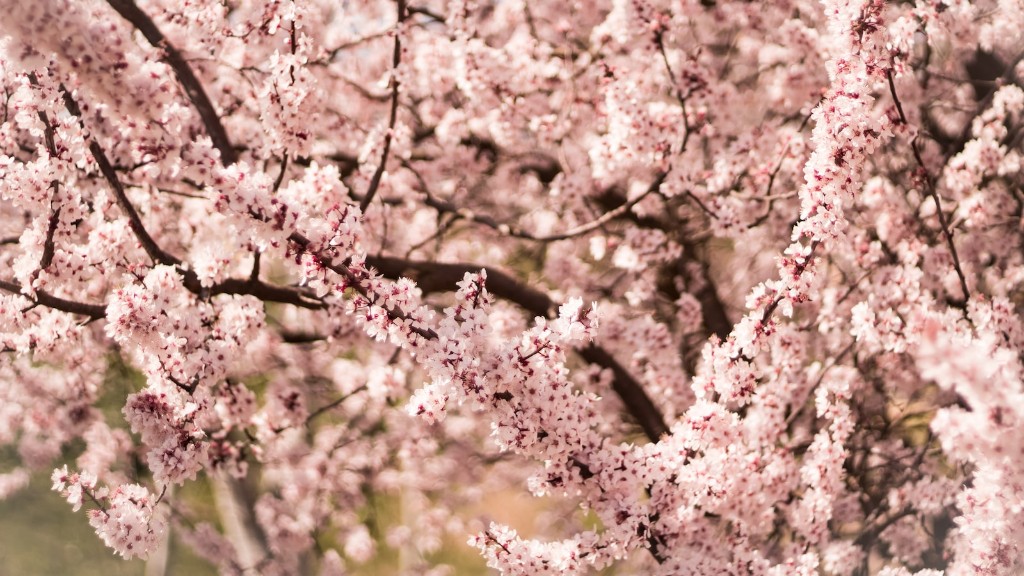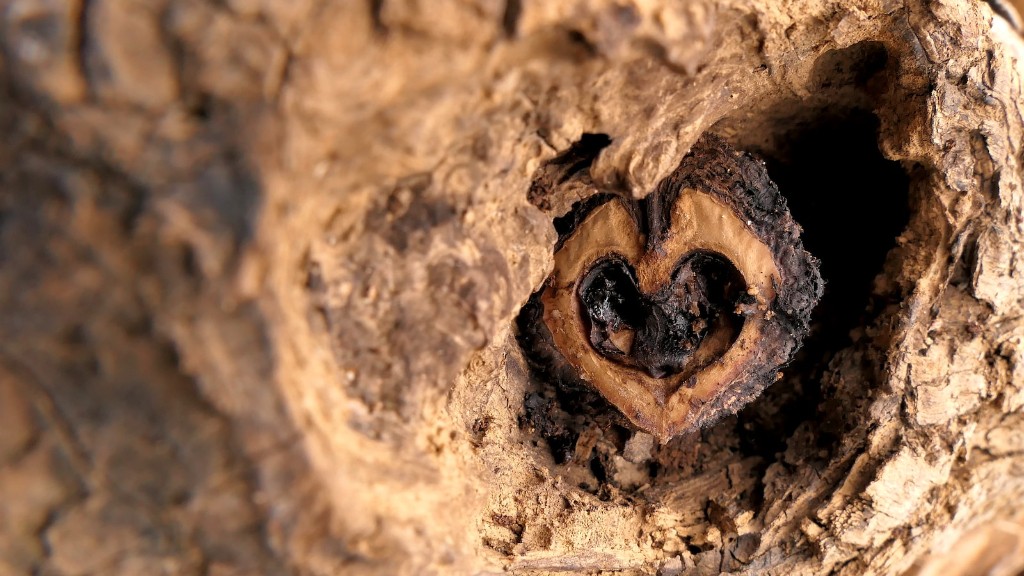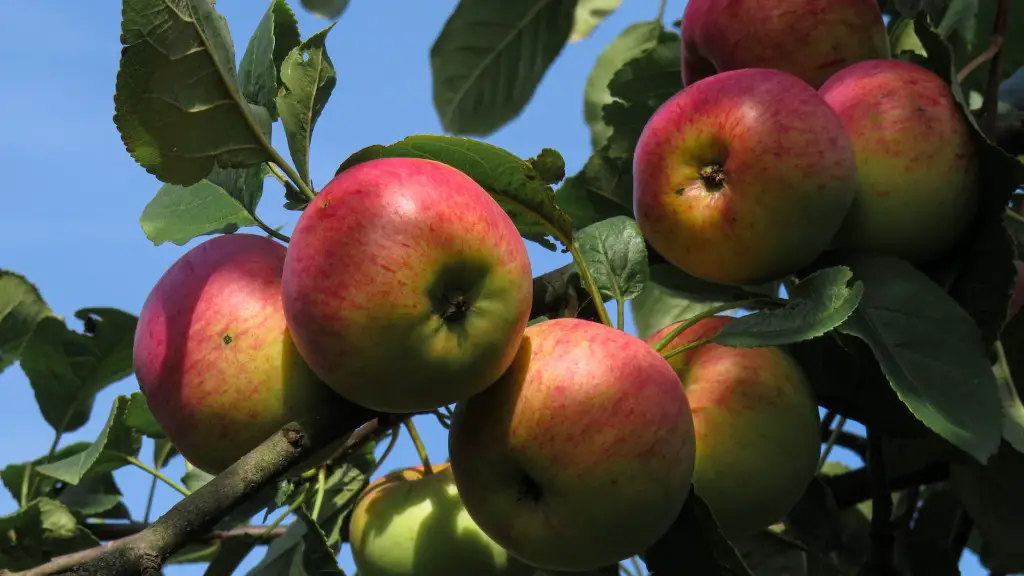When it comes to planting a lemon tree in a pot, choosing the right size is crucial. It’s important to remember that the pot should be large enough to provide enough space for the root system to grow and develop unrestricted. Generally speaking, a 15 gallon pot should be ample for a young lemon tree, while an established tree could do well with a 30 gallon pot or larger. Containers with more soil will also provide insulation during winter months and can improve air movement seasons-round. Choosing a larger pot also means that you need to water less often, as the large amount of soil in the pot will help the tree retain moisture for longer periods of time.
It’s important to use a pot that has good drainage. A pot with too large a hole in the bottom can cause the soil to dry out too quickly, while a pot with too small a hole could cause the roots to become waterlogged. The best bet is to use a pot with several small drainage holes near the bottom. Another important factor to consider is the material from which the pot is made. A terra cotta pot is ideal, as they allow optimal air circulation, while plastic and ceramic pots can be too restrictive. The material of the pot also helps regulate soil temperatures.
When selecting a pot, it’s also important to look at stability. Sizes that are too small or top-heavy can be knocked over easily in gusts of wind and usually contain less soil, leading to more frequent watering needs. In addition, a wide, shallow pot is best for a lemon tree, as it provides more surface area for the roots to grow, promoting a healthier and more successful tree.
It’s essential to choose a pot that’s the right size for your lemon tree. Too large of a pot can have a negative effect on the root system, while too small of a pot can stunt the growth of the tree. When in doubt, it’s best to err on the side of caution and purchase a pot with a larger capacity. By taking the time to select the right size pot, you can ensure your lemon tree gets the care and attention it needs to keep it thriving.
Soil Quality
Using quality soil helps ensure that your lemon tree develops and maintains a healthy root system. It’s recommended to use a mix of potting soil and compost when choosing a soil for your lemon tree, as this will provide plenty of nutrients for the tree and proper drainage. Additionally, the soil should be pH balanced for citrus trees, meaning it should be slightly acidic between 6.0 and 7.0. If the pH balance is too high, it can cause the tree to suffer from nutrient deficiencies and make it more vulnerable to disease. When selecting a soil for your lemon tree, it’s important to look for a mixture that’s rich in organic matter.
Watering Requirements
When it comes to watering your lemon tree, the frequency depends on the size of the pot and the climate you live in. In warm climates, it’s recommended to water more often, while cooler climates can typically handle less frequent waterings. When watering, it’s important to keep in mind that overwatering can be detrimental to the tree, as it can cause root rot. To ensure that your lemon tree is getting the right amount of water, use a quality soil moisture meter to monitor the moisture levels. Additionally, be sure to water until you can see it coming out of the drainage holes on the pot.
Fertilizing
Lemon trees thrive with the right nutrients, which is why it’s important to fertilize on a regular basis. When fertilizing your tree, use a balanced granular or liquid fertilizer, as this will provide the tree with the necessary macros and micronutrients it needs to stay healthy and strong. Be sure to wait several weeks after planting the tree before applying fertilizer, as this helps ensure that the roots have had enough time to settle into the soil. Fertilize at least twice during the growing season, but be careful not to overdo it, as too much fertilizer can have negative effects.
Pruning and Trimming
Pruning and trimming your lemon tree is essential, as it helps promote healthy and vigorous growth. Pruning helps to shape the overall structure of the tree and encourages lush foliage. Additionally, it helps prevent disease and promotes an overall healthy tree. When trimming the tree, be sure to use sharp pruners and trim away any branches that are diseased, dead, or damaged. Additionally, if the tree has become crowded, it may be necessary to remove some of the excess branches to allow for better air circulation and light penetration.
Container Placement
When selecting a spot for your pot, make sure you opt for an area that gets a lot of sunlight, as this is essential for a lemon tree. If the tree doesn’t get enough sunlight, it can lead to unhealthy and spindly growth. Additionally, it’s important to make sure the tree has adequate protection from winds, as a gust of wind can easily knock over a pot. Lastly, it’s a good idea to place a pot with a lemon tree on a wheeled caddie, as this will make it easier to move during cleaning and repotting.
Temperature
Lemon trees thrive in areas with mild winters, as they freeze easily and require temperatures above 50 degrees Fahrenheit to stay healthy. In addition to cold protection, the tree will also need protection from the sun during hot summer months. The best place to keep a lemon tree is in a south-facing window or outside in a partially shaded area. During cold or extremely hot days, it’s important to bring the potted tree indoors to ensure its safety.
Pest Control
Lemon trees are not immune to pests and disease, so it’s important to inspect the tree regularly for any signs of pests or disease. The most common pests associated with a lemon tree include aphids and scale insects. To control these pests, it’s important to regularly spray the leaves and bark of the tree with a neem oil solution. Additionally, if any pests are noticed, it’s important to quickly treat the tree, as leaving pests untreated can lead to severe damage.
Harvesting
Once your lemon tree is established, it’s time to start reaping the rewards of your hard work! When it comes to harvesting, it’s important to make sure the lemons are ripe before picking them. Ripe lemons will have softer skin and will require minimal effort to pick from the branch. As a rule of thumb, it’s best to wait until the lemons have obtained a yellow-green hue before harvesting.



